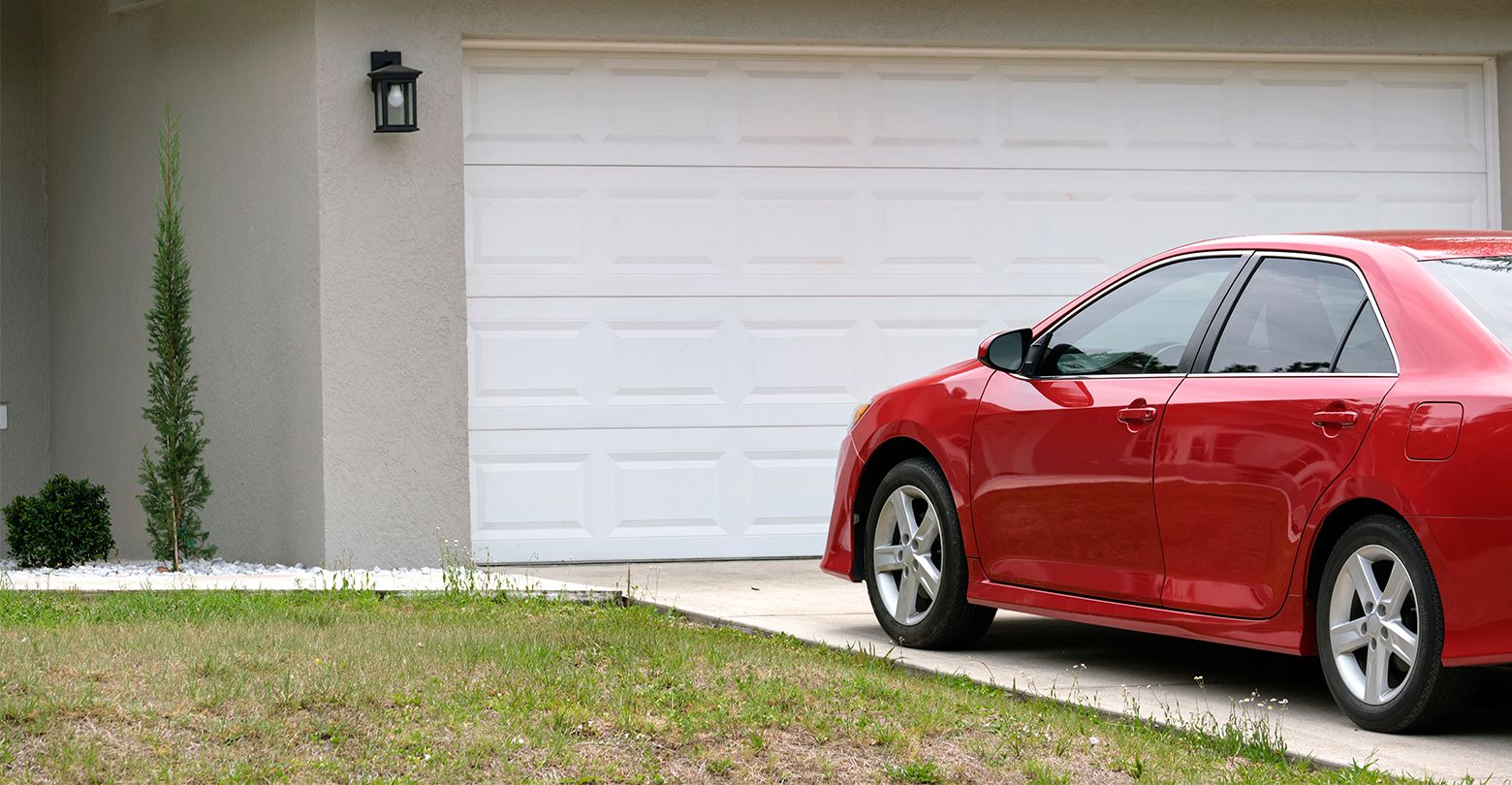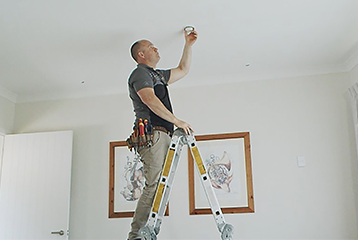There’s lots of ways to protect your stuff, but what do you do when cramming valuables and documents under a mattress just won’t cut it anymore?
Anything precious that is worth keeping is worth securing, and a professionally fitted home safe is often a great solution.
Even if you’re already sorted with Contents Insurance, adding a home safe to your property means that not only is your important stuff financially covered, it’s physically protected too.
Here are a few things to remember when you’re buying a new safe, because careful choosing means better security (and anything is better than that mattress, right?)
Every home safe comes with ratings and certifications designed to let you know you’re making the best choice for your precious things. Security ratings measure what a safe can and can’t withstand based on its features and any official tests it’s had. These are the ratings to watch out for when you’re on your home safe hunt:
Just make sure you check with your insurance provider to see what ratings are covered under your policy.
You’d never leave a fortune lying around your lounge, so why leave it in a sub-par safe? Cash ratings are your guide to keeping your stuff appropriately protected according to value.
In New Zealand, a grading system from 0 to 11 tells you the safe’s overall level of security so you can decide if you’re comfortable storing expensive things in it, or if you need a little more.
Recommended cash ratings vary from insurer to insurer, so it’s best to check with them first to see what's covered.
When you’re out safe shopping, you need to consider the following three things - fire, flooding and theft.
Whether you live somewhere prone to flooding or you’re worried about a break-in, make sure your safe protects your stuff in the ways that best suit your property.
Not all safes are created equal, and your security needs might not be the same as your neighbour’s. Once you've chosen your safe, ensure it’s installed by a professional locksmith or security firm.
The more valuables you want to protect, the bigger your safe will need to be. It’s tricky to decide on size without a point of reference though, so don’t forget to estimate.
Collect up all the valuables and documents that you want to keep in your safe and take a few quick measurements so you’ll know what minimum size to look for.
If you’re still unsure though, go a size or two bigger - just to make sure there’s still room for any unexpected additions later down the track.


